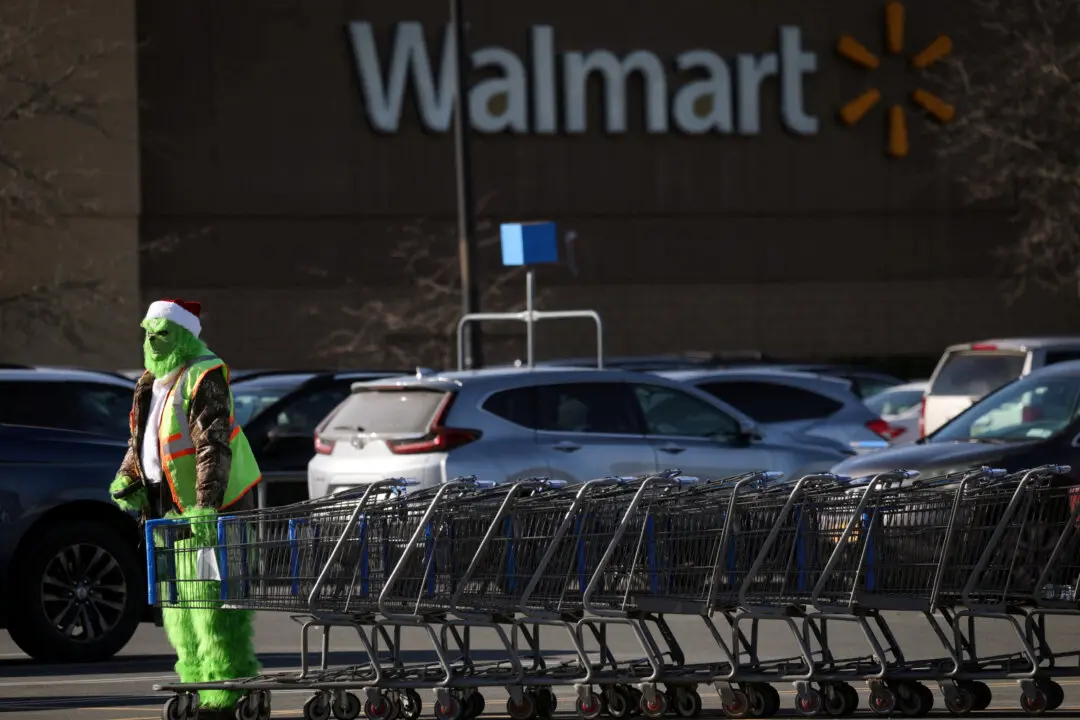NEW YORK—Oil prices rose more than 2 percent on Feb. 2, reaching their highest in 12 months after major producers showed they were reining in output roughly in line with their commitments.
The U.S. and global benchmarks rallied as optimism about more U.S. economic stimulus added to market bullishness from supply cuts.





